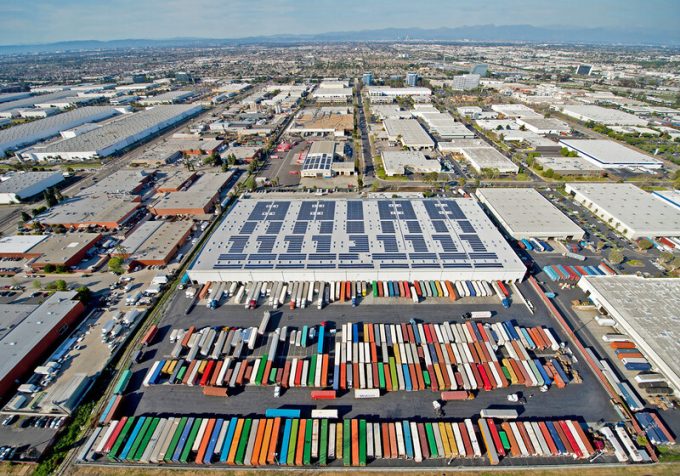OceanX Radar: Cooling down – trade wars mean no trade
… no news on deals is bad news on wheels

US inventory levels are set to rise more than previously anticipated, driven by shippers’ change in supply chain strategy.
Warehouse capacity, already under strain, will be under further pressure as a result and is unlikely to abate until 2023, according to new predictions.
Logistics real estate giant ...


Comment on this article